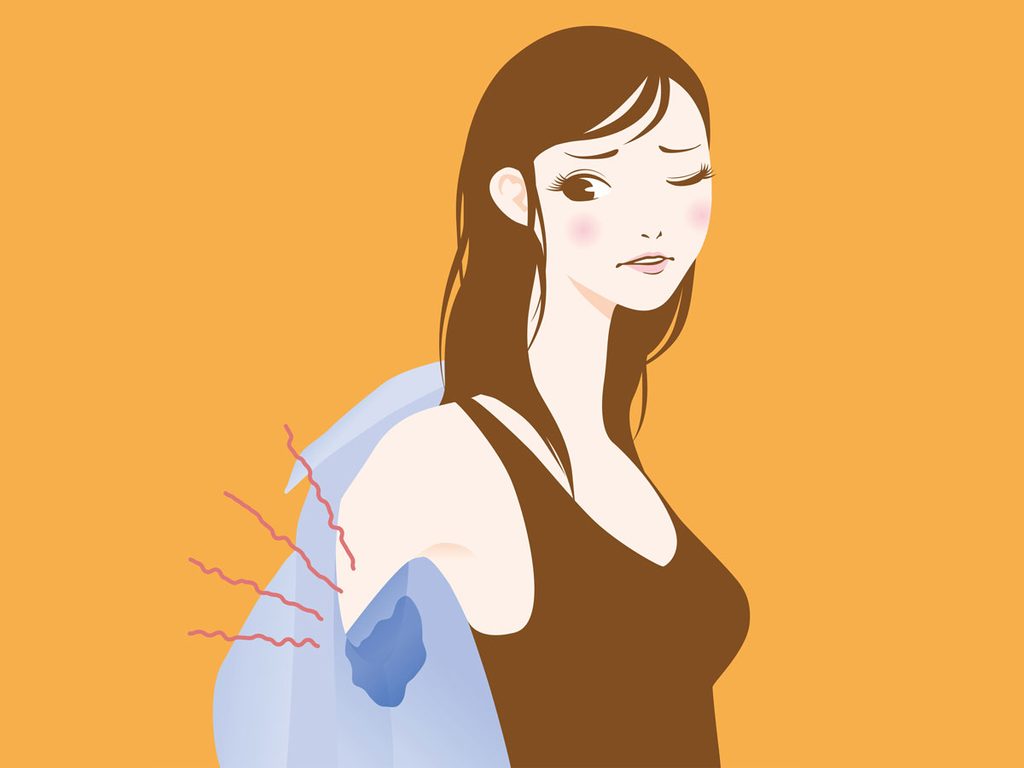This Condition Can Cause You to Sweat on Just One Side of Your Body

Harlequin syndrome is a rare disorder that can lead to embarrassing one-sided flushing.
Lots of us get sweaty and red in the face when we exercise. I, for one, always look like I’ve run a marathon—even after a low-key 4 km jog on a cool morning. My face turns a deep florid shade, my eyelids swell, and sweat drips from my brow—it’s really attractive. But for people with Harlequin syndrome, it’s considerably worse.
What is Harlequin syndrome?
This rare condition, which affects one in a million people, causes skin to flush and sweat on only one side of the body, such as the face, neck and chest, when those affected work out, feel stressed, eat spicy foods or get too hot. This means that those with the syndrome can experience excessive sweating and redness on half of their face—a condition called hyperhidrosis—while the other half is a normal colour and sweat-free.
It can look strange to someone who is unfamiliar with it and lead to a lot of embarrassment. Females are at higher risk: Harlequin syndrome affects more women than men, according to 2018 research published in ABD, the official publication of the Brazilian Society of Dermatology.
The syndrome is the result of injury to the autonomic nervous system, which regulates how the body perspires and skin flushes. The pale, non-flushing side is actually the one that’s damaged, with the other side overcompensating by sweating and flushing more, according to a 2016 study in the journal Anesthesiology.
What’s encouraging is that there is often no known cause, and people with the disorder can lead normal lives. Harlequin syndrome won’t get worse. But if you find that Harlequin syndrome is negatively affecting your life from an aesthetics standpoint and you’re spending a lot of time trying to cover it up, Botox injections can be administered during a procedure called contralateral sympathectomy, which stops nerve bundles that cause flushing. (Read more about Botox before making a decision.)
As with any condition, it’s always best to see your doctor who can refer you to a specialist, if necessary. A neurologist may order tests, like an MRI, to rule out any abnormalities like a lesion, and a dermatologist may help with skin flushing.







